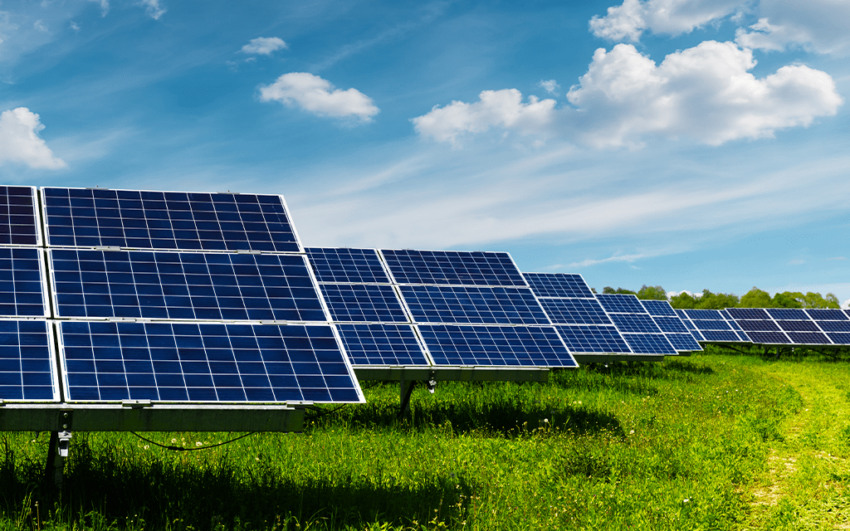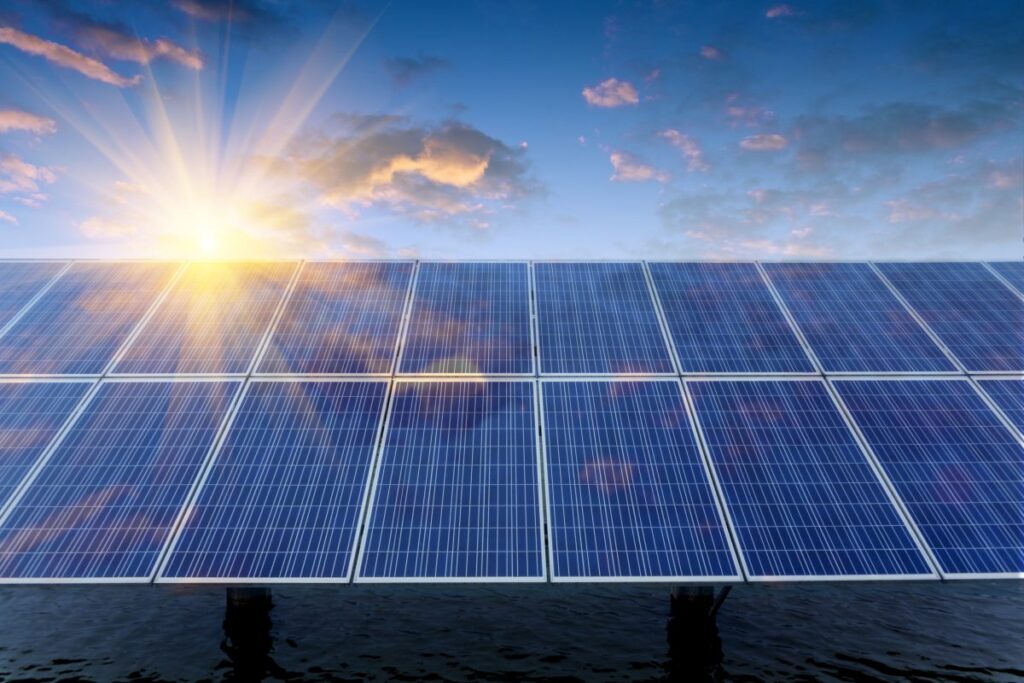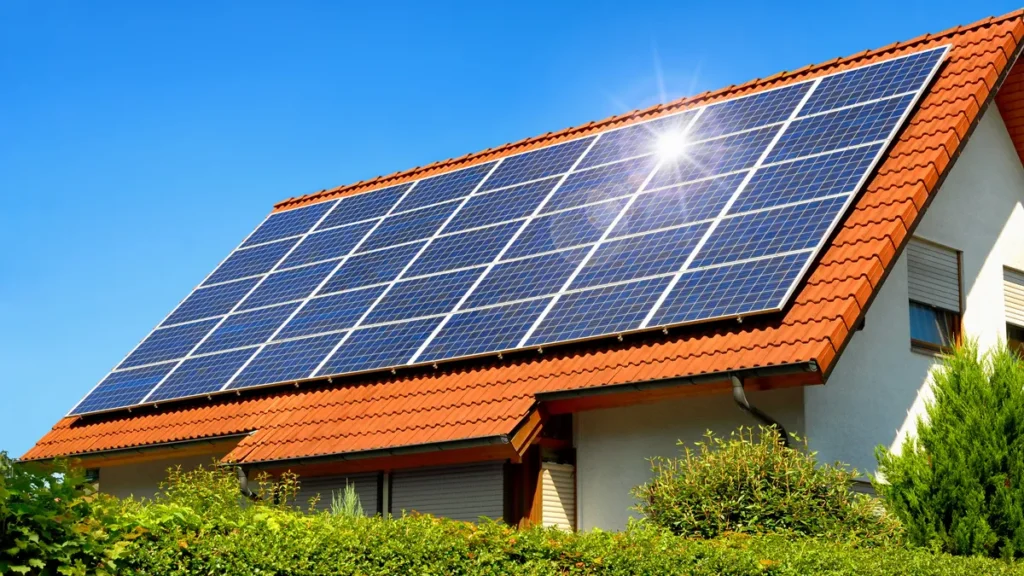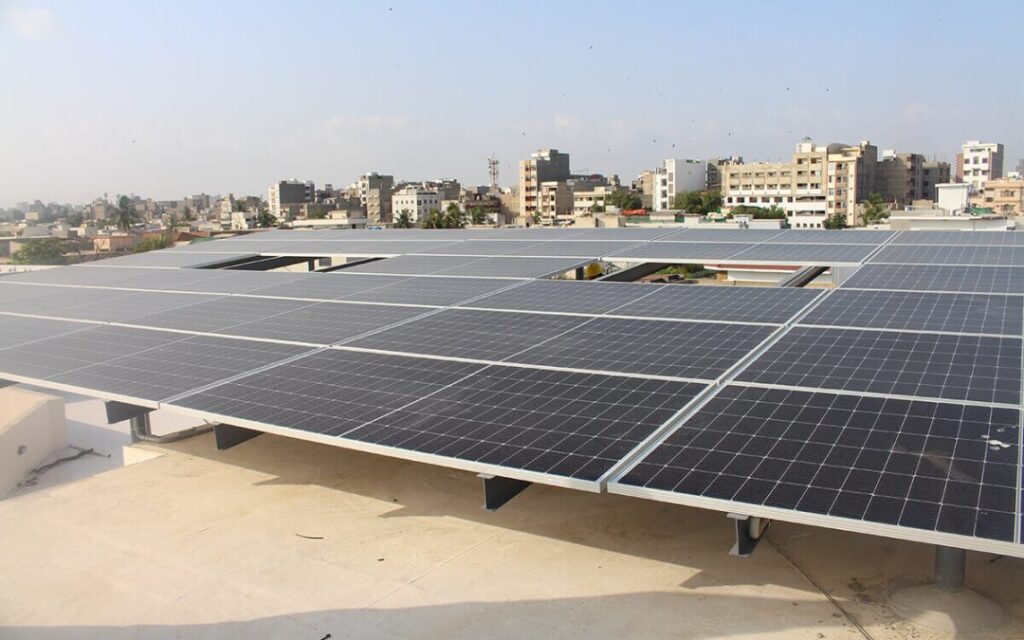Solar technology has been a game-changer in the quest for renewable energy, offering a clean and sustainable alternative to fossil fuels. With climate change and energy demands on the rise, the importance of advancing solar technology cannot be overstated. In recent years, numerous innovations have revolutionized the solar industry, making solar panels more efficient, affordable, and versatile than ever before.
The Evolution of Solar Panels
Solar panels have come a long way since their inception. The journey began with the development of the first silicon-based solar cells in the 1950s. These early panels were expensive and inefficient, primarily used in space applications. Over the decades, significant milestones have been achieved, such as the introduction of polycrystalline silicon panels in the 1980s, which reduced costs and improved efficiency.
Current State of Solar Technology
Today, solar technology is at the forefront of renewable energy solutions. Modern solar panels boast higher efficiency rates and lower costs, making solar power more accessible to both residential and commercial users. The average efficiency of commercial solar panels has increased from around 15% a decade ago to over 20% today. Concurrently, the cost of solar power has dropped dramatically, making it one of the most cost-effective energy sources available.
Innovative Materials in Solar Panels
Perovskite Solar Cells
Perovskite solar cells are one of the most promising developments in solar technology. These cells use a crystal structure that is highly efficient at converting sunlight into electricity. Perovskite cells have achieved efficiency rates of over 25% in laboratory settings and hold the potential for even greater performance in the future. Their low production cost and flexibility make them a viable alternative to traditional silicon cells.
Organic Photovoltaics
Organic photovoltaics (OPVs) use organic materials to absorb light and generate electricity. These materials are typically carbon-based and can be processed into thin, flexible films. OPVs offer the advantage of being lightweight and potentially cheaper to produce than silicon-based panels. While their efficiency is currently lower than silicon and perovskite cells, ongoing research is focused on enhancing their performance.
Quantum Dot Solar Cells
Quantum dot solar cells leverage nanotechnology to improve the efficiency of solar panels. Quantum dots are tiny semiconductor particles that can be engineered to absorb specific wavelengths of light. This tunability allows for better absorption of the solar spectrum, potentially increasing the efficiency of solar panels. Quantum dot technology is still in the research phase but holds great promise for the future of solar energy.
Bifacial Solar Panels
How They Work
Bifacial solar panels are designed to capture sunlight on both sides of the panel, effectively increasing their energy output. These panels can absorb reflected light from the ground or other surfaces, making them more efficient than traditional one-sided panels.
Benefits and Applications
Bifacial panels are particularly useful in environments with high albedo, such as snowy regions or installations over water. They offer greater energy production without significantly increasing installation costs, making them an attractive option for large-scale solar farms and urban settings.
Thin-Film Solar Panels
What Are Thin-Film Solar Panels?
Thin-film solar panels are made by depositing one or more layers of photovoltaic material onto a substrate. These materials can include cadmium telluride (CdTe), amorphous silicon (a-Si), or copper indium gallium selenide (CIGS).
Advantages and Limitations
Thin-film panels are lighter and more flexible than traditional silicon panels, making them suitable for a variety of applications, including portable solar devices and building-integrated photovoltaics. However, their efficiency is generally lower than that of crystalline silicon panels, and they can be more susceptible to degradation over time.
Building-Integrated Photovoltaics (BIPV)
Integration into Building Materials
Building-integrated photovoltaics (BIPV) are solar panels that are integrated into the building materials themselves, such as windows, roofs, and facades. This integration allows buildings to generate their own electricity while maintaining aesthetic appeal.
Examples and Benefits
Examples of BIPV include solar shingles, photovoltaic glass, and solar facades. The benefits of BIPV are numerous: they save space, reduce energy costs, and contribute to the building’s overall energy efficiency without compromising design.
Flexible Solar Panels
Characteristics and Uses
Flexible solar panels are made using lightweight, bendable materials that can be applied to various surfaces. These panels are ideal for use in portable solar chargers, wearable solar devices, and curved surfaces where traditional rigid panels would not be suitable.
Innovations in Flexibility and Durability
Recent innovations have enhanced the flexibility and durability of these panels, making them more robust and versatile. Advances in materials science have led to flexible panels that can withstand harsh environmental conditions while maintaining high performance.
Floating Solar Farms
Concept and Design
Floating solar farms are solar power systems installed on bodies of water, such as lakes, reservoirs, and even the ocean. These systems are designed to float on the water’s surface, providing a unique solution to land scarcity issues.
Environmental and Economic Benefits
Floating solar farms offer several advantages, including reduced land use, lower temperatures for the panels (which can improve efficiency), and decreased water evaporation. Economically, they provide a way to utilize otherwise unused water surfaces, potentially reducing the overall cost of solar installations.
Solar Tracking Systems
Types of Solar Trackers
Solar tracking systems are mechanisms that move solar panels to follow the sun’s path, maximizing their exposure to sunlight. There are two main types: single-axis trackers, which move panels along one axis, and dual-axis trackers, which adjust panels along two axes.
Impact on Energy Production
By keeping solar panels oriented toward the sun throughout the day, solar trackers can significantly increase energy production. This increase can be as much as 25-35%, depending on the location and type of tracker used.
Concentrated Solar Power (CSP)
How CSP Works
Concentrated Solar Power (CSP) systems use mirrors or lenses to concentrate sunlight onto a small area, generating high temperatures that can be used to produce electricity. CSP systems typically involve a central receiver, where the concentrated light is converted into heat and then used to drive a turbine.
Recent Advancements
Recent advancements in CSP technology include the development of more efficient heat transfer fluids, improved mirror designs, and the integration of thermal energy storage systems. These innovations have made CSP more competitive with traditional solar PV panels, particularly in large-scale power generation.
Solar Energy Storage Solutions
Importance of Storage in Solar Power
Energy storage is crucial for the widespread adoption of solar power, as it allows for the retention of excess energy generated during sunny periods for use during cloudy days or nighttime. Effective storage solutions ensure a reliable and consistent energy supply.
Latest Developments in Battery Technology
Advancements in battery technology have led to more efficient and cost-effective storage solutions. Lithium-ion batteries remain the most common, but innovations such as solid-state batteries, flow batteries, and advanced grid-scale storage systems are gaining traction, offering longer lifespans and higher storage capacities.
Smart Solar Systems
Integration with Smart Grids
Smart solar systems integrate with smart grids to optimize energy production, distribution, and consumption. These systems use advanced monitoring and control technologies to manage energy flows, enhance grid stability, and improve overall efficiency.
Benefits of Smart Solar Technology
Smart solar technology offers numerous benefits, including real-time monitoring, predictive maintenance, and the ability to adapt to changing energy demands. By leveraging data and automation, smart solar systems can maximize energy production and minimize operational costs.
Global Impact of Solar Innovations
Reduction in Carbon Footprint
Innovations in solar technology have significantly reduced the carbon footprint associated with energy production. By replacing fossil fuels with clean solar energy, we can mitigate the adverse effects of climate change and promote environmental sustainability.
Adoption in Developing Countries
Solar technology is also playing a crucial role in providing energy access to developing countries. Innovations such as affordable solar panels, off-grid systems, and community solar projects are helping to bring electricity to remote and underserved areas, fostering economic development and improving quality of life.
Challenges and Future Directions
Current Challenges in Solar Technology
Despite the numerous advancements, challenges remain in the solar industry. These include issues related to energy storage, grid integration, and the environmental impact of solar panel production and disposal. Addressing these challenges is essential for the continued growth of solar power.
Future Prospects and Research Areas
Future research in solar technology is focused on further improving efficiency, reducing costs, and enhancing sustainability. Areas of interest include the development of next-generation solar cells, advanced energy storage solutions, and innovative applications such as solar-powered transportation and space-based solar power.
Conclusion
The future of solar technology is bright, with continuous innovations driving the industry forward. From advanced materials to smart systems, the latest developments are making solar power more efficient, affordable, and versatile. As we look to the future, continued research and investment in solar technology will be crucial in our journey towards a sustainable and clean energy future.
FAQs
What are the latest materials used in solar panels?
The latest materials in solar panels include perovskite, organic photovoltaics, and quantum dots, which offer improved efficiency and flexibility.
How do bifacial solar panels increase efficiency?
Bifacial solar panels increase efficiency by capturing sunlight on both sides, utilizing reflected light from the ground or surrounding surfaces.
What are the benefits of building-integrated photovoltaics?
Building-integrated photovoltaics (BIPV) offer space-saving, aesthetic integration into building materials, reducing energy costs and enhancing energy efficiency.
How do solar tracking systems work?
Solar tracking systems move solar panels to follow the sun’s path, maximizing exposure and increasing energy production by up to 35%.
What is the future of solar energy storage?
The future of solar energy storage includes advancements in battery technology, such as solid-state batteries and flow batteries, providing more efficient and cost-effective storage solutions.




